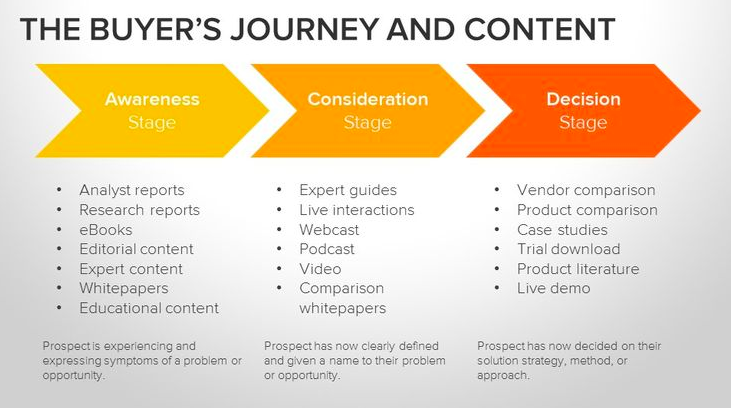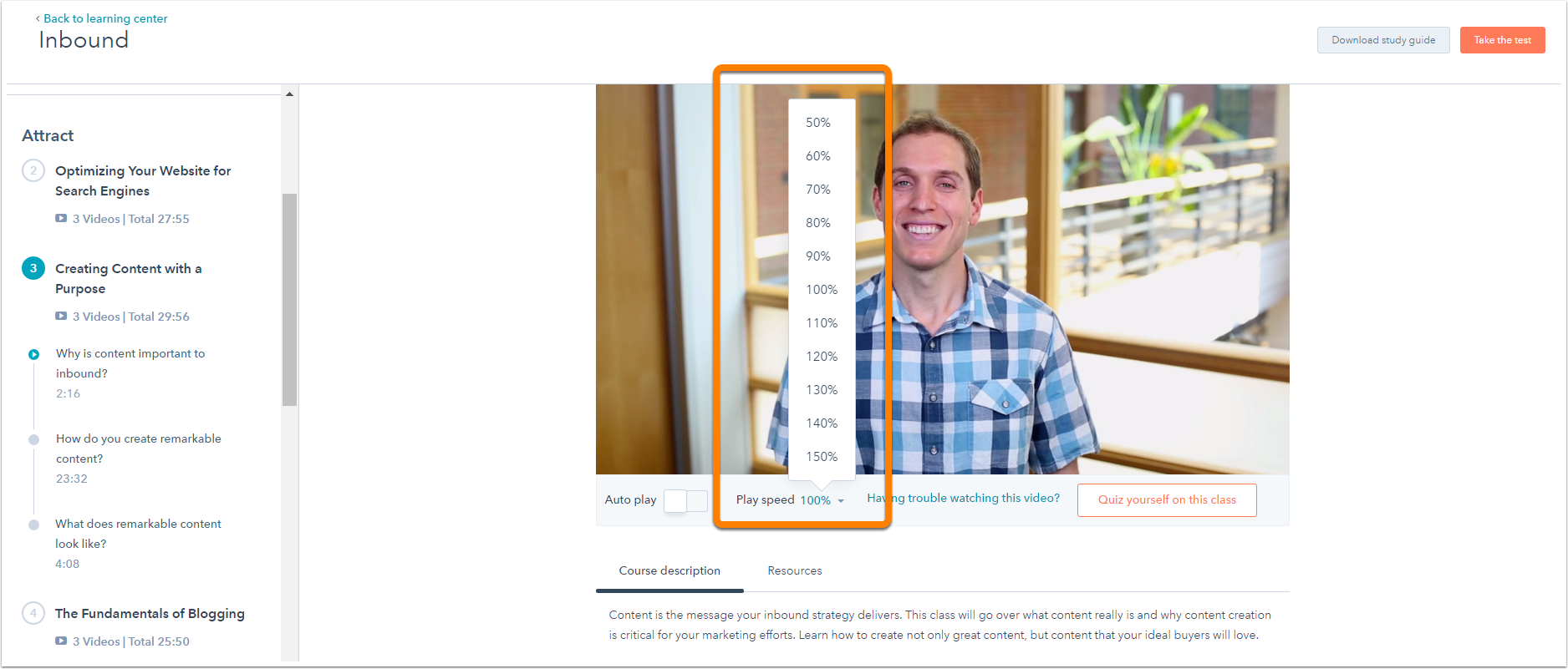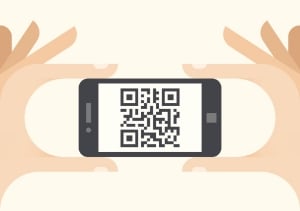 Despite the amazing advancements in social media and on-site user interface design for communicating with customers, email is still one of the best tactics eCommerce marketing professionals can use to leverage prospects and past customers to increase eCommerce sales.
Despite the amazing advancements in social media and on-site user interface design for communicating with customers, email is still one of the best tactics eCommerce marketing professionals can use to leverage prospects and past customers to increase eCommerce sales.

There are three primary types of email that HubSpot eCommerce marketers can use to increase engagement and boost sales: Time-interval based lead nurturing, Date-based “one-off” emails, and visitor behavior-triggered emails.
1. eCommerce Lead Nurturing
Lead nurturing (alternatively known as prospect-nurturing or eCommerce drip marketing) is the practice of sending a consumer a series of emails at a set series of intervals from the time they completed a specific action. eCommerce lead nurturing is particularly useful for helping “secondary conversions”, or conversions on forms for free educational downloads and guides, into primary conversions by capturing an email address and engaging with a prospect over a period of time.
For example, if a visitor to an online luxury shoe boutique downloads “The Ultimate Guide to Summer Shoe Styles”, that marketer could send them an email three days after they download the guide asking if they had any questions, soliciting their feedback, and offering an opportunity to complete a primary conversion (i.e. buying something) by offering a discount incentive or link to a limited-time offer. This process may be repeated in variations at day 5, 10, 15, 25, and so on until the consumer either completes the primary conversion, converts on another secondary educational download, or enough time has expired that it’s improbable that the consumer is still within the range of the boutique shoe-buying cycle.
The main purpose of an eCommerce lead nurturing campaign is to get a consumer to complete a primary conversion and buy something. Alternatively, the consumer completing another secondary conversion allows you to “refresh” your relationship with them and reset them in another lead nurturing campaign, so lead nurturing emails usually include an additional secondary call to action.
A variation on lead nurturing for eCommerce marketing professionals is the “reverse” lead nurturing campaign. Whereas conventional lead nurturing campaigns lead away from a user completing an action and the time intervals between emails become greater, a reverse lead nurturing campaign leads towards an event (such as a specific holiday or the expiration of a special offer) and the time intervals become more aggressive as the target date approaches. This increased velocity helps increase the sense of urgency in the prospect.
" target="_blank">Learn how to set up lead nurturing campaigns using HubSpot >
2. One-Off eCommerce Emails
There are many reasons that an eCommerce marketing department may want to send a one-time email. The newsletter is probably the most common application of this tactic, with emails going out on a specific day of the week or month. Because this type of email isn’t tied to any kind of user behavior, it’s often the least effective in converting sales. Also, these tend to lessen the impact of incentivize discounts because consumers become reliant and expectant of them. However, because of its historical popularity it’s still widely practiced.
A more useful application of this practice is to communicate special offers and information to users that weren’t anticipated in advance. Over-stocked item blowouts, newly released products, and special offers that aren’t significant enough to warrant a “build-up” campaign are effective uses. Also, “warming” an existing database by sending them an education secondary call-to-action can be an effective use of one-off emails. These are often more effective applications because they’re disruptive of customer expectations and less likely to be archived, skipped, or ignored without being read.
" target="_blank">Learn how to send a one-off email using HubSpot >
3. Behavior-Triggered eCommerce Emails
One of the most effective and powerful applications of email for eCommerce marketing are emails that are directly tied to the behaviors of visitors to your website. The most common eCommerce marketing application of this tactic are abandoned cart nurturing emails. When a user adds an item to their cart and fails to complete a checkout, an absolute necessity for eCommerce marketers is to send an email to re-engage that user.
Commonly, eCommerce marketing professionals design a three-email series to engage with users who have abandoned a cart and build in exit conditions (such as re-visited the website and viewed a product detail page) that trigger different emails that relate to that behavior.
eCommerce marketing professionals can leverage this tool in a number of ways - it’s power is only limited by your ability to relate a logical series of customer behaviors with effective messaging.
- You can use behavior-based emails to detect when a customer is trying to choose between two products and send them a comparison guide.
- You can use behavior-based emails to keep an email database warm based on whether or not a user has visited your website recently (instead of using the one-off method).
eCommerce Marketing Takeaway
Email marketing is an important skill to master in its various complexities. Too often, eCommerce marketing professionals rely on archaic methods of spamming a database with specials until the users either unsubscribe or complete a primary conversion. There are much more effective applications of the incredibly valuable - and incredibly minute - periods of time that consumers allow us to occupy - at will - in their day by placing messages in their inboxes.
Photo Credit: Planeta Flickr










